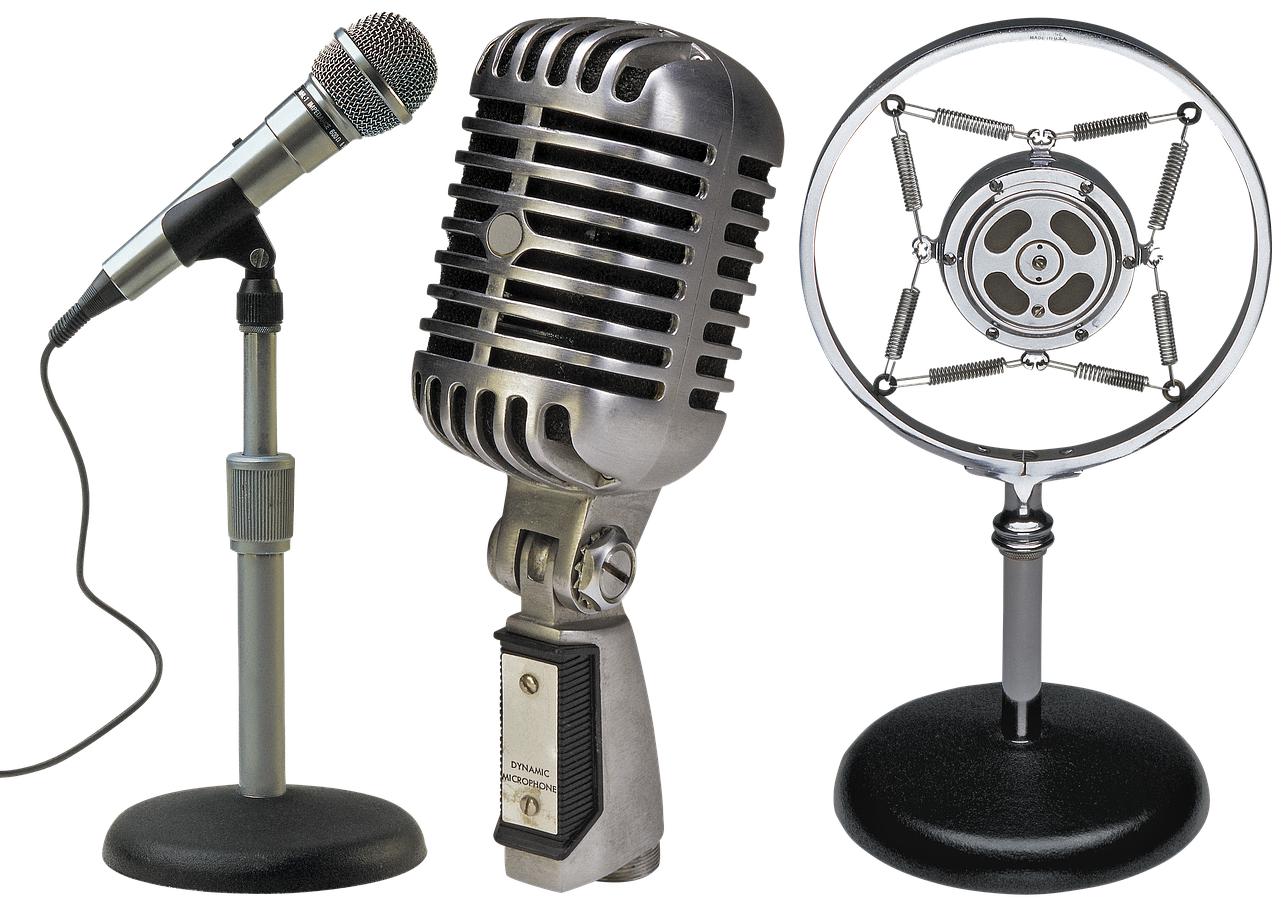This article takes you to quickly know about the basic classification of microphones and how to initially purchase microphones suitable for different scenarios. Let’s start!
Microphones are mainly divided into the following big categories:
Definition: The diaphragm is vibrated by the human voice through the air, and then the coil winding on the diaphragm and the magnet surrounding the moving coil sound head form a magnetic field to cut and form a weak current. The general internal structure is as follows:

https://www.gearank.com/guides/best-dynamic-microphones
Features: firm structure, drop resistance, durability, low background noise, and can withstand greater sound pressure. But compared with other types of microphones, the pickup sensitivity is low, and the sound quality is not rich enough.
Applicable scenes: combined with the characteristics of high sound pressure and low background noise, it is suitable for stage performances and KTV where the environment is noisy and does not require too rich sound details.
Definition: The principle is similar to that of a dynamic microphone. A small aluminum ribbon is used as the diaphragm to generate a signal. When the aluminum strip moves with changes in air pressure, it interferes with the magnetic field and generates a signal. The general internal structure is as follows:

https://www.aearibbonmics.com/what-is-a-ribbon-microphone/
Features: The sound quality is very gentle, natural, and highly sensitive to sound waves. However, the material of aluminum tape is very fragile, easy to damage, and has extremely high requirements on the recording environment. It is not suitable for daily use and rarely appears on the market.
Applicable scene: the professional recording studio.
Definition: The vibration of the sound drives a plate (ultra-thin metal film) of the capacitor. The vibration of this plate changes the distance between the two plates, which in turn changes the capacitor. When the capacitance becomes larger, the power supply charges the capacitor; when the capacitance becomes smaller, the capacitor discharges, so that current is generated in the circuit and the sound signal is converted into an electrical signal.

https://www.podcastinsights.com/best-condenser-microphones/
Features: Not durable, relatively fragile, low sound pressure endurance, fear of moisture, fear of falling. But it has high sensitivity, wide frequency response, fast instantaneous response, and high sound reproduction.
Applicable scenes: Its rich recording details ability and high background noise features, making it most suitable for quiet and high requirements for sound quality details occasions, such as professional recording studios or quiet live studios.

